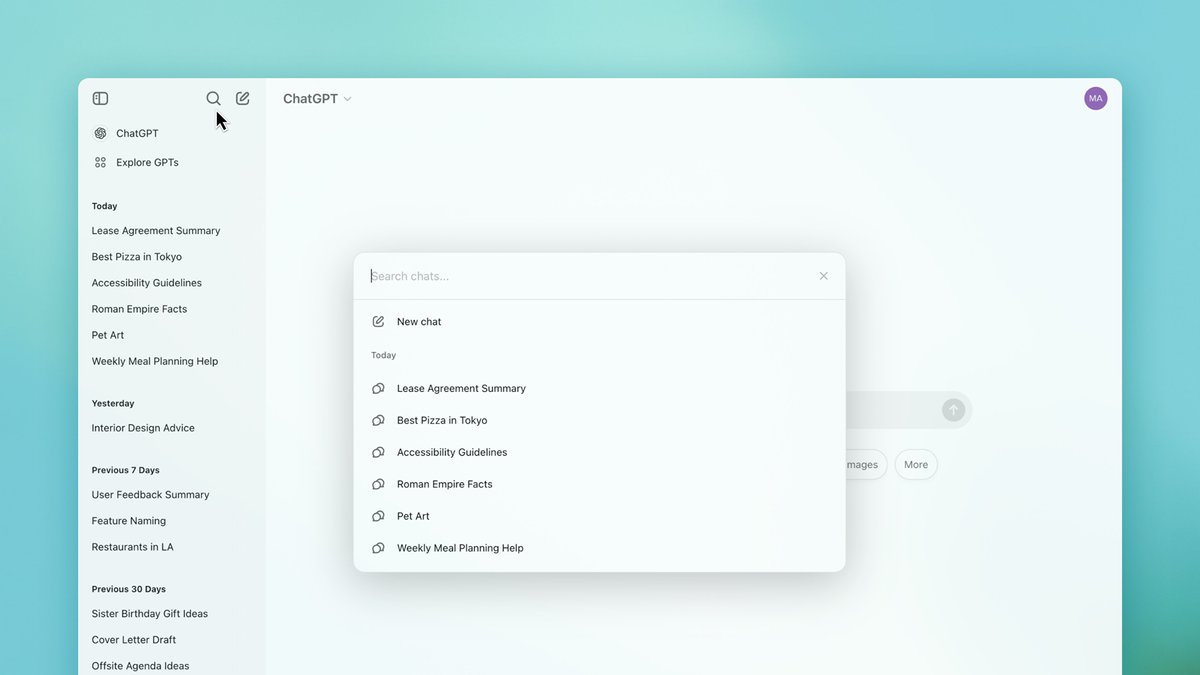Citing the Reddit comment, Beaumont took to Mastodon to explain: “People are quite openly posting what is happening on Reddit now, threat actors are registering rogue FortiGates into FortiManager with hostnames like 'localhost' and using them to get RCE.”
Beaumont wasn’t immediately available to elaborate. In the same thread, another user said that based on the brief description, it appears attackers are somehow stealing digital certificates authenticating a device to a customer network, loading it onto a FortiGate device they own, and then registering the device into the customer network.
The person continued:
From there, they can configure their way into your network or possibly take other admin actions (eg. possibly sync configs from trustworthy managed devices to their own?) It's not super clear from these threads. The mitigation to prevent unknown serial numbers suggests that a speedbump to fast onboarding prevents even a cert-bearing(?) device from being included into the fortimanager.
Beaumont went on to say that based on evidence he’s seen, China-state hackers have “been hopping into internal networks using this one since earlier in the year, looks like.”
60,000 devices exposed
After this post went live on Ars, Beaumont published a post that said the vulnerability likely resides in the FortiGate to FortiManager protocol. FGFM is the language that allows Fortigate firewall devices to communicate with the manager over port 541. As Beaumont pointed out, the Shodan search engine shows more than 60,000 such connections exposed to the Internet.
Beaumont wrote:
There’s one requirement for an attacker: you need a valid certificate to connect. However, you can just take a certificate from a FortiGate box and reuse it. So, effectively, there’s no barrier to registering.
Once registered, there’s a vulnerability which allows remote code execution on the FortiManager itself via the rogue FortiGate connection.
From the FortiManager, you can then manage the legit downstream FortiGate firewalls, view config files, take credentials and alter configurations. Because MSPs — Managed Service Providers — often use FortiManager, you can use this to enter internal networks downstream.
Because of the way FGFM is designed — NAT traversal situations — it also means if you gain access to a managed FortiGate firewall you then can traverse up to the managing FortiManager device… and then back down to other firewalls and networks.
To make matters harder for FortiGate customers and defenders, the company’s support portal was returning connection errors at the time this post went live on Ars that prevented people from accessing the site.






:quality(85):upscale()/2023/09/21/802/n/1922729/d9a11ce9650c8850437280.00070284_.jpg)


:quality(85):upscale()/2024/10/30/711/n/1922441/c62313206722590ade53c4.47456265_.jpg)

 English (US) ·
English (US) ·